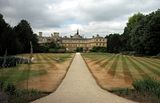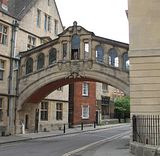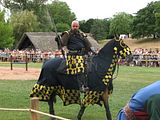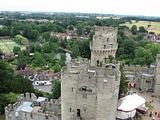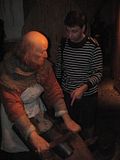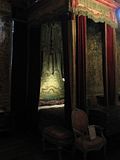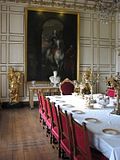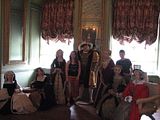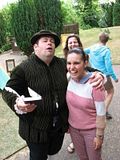
An ancient forest in the South of England, that William the Conqueror made Royal Forest in about 1079 for the royal hunt mainly of deer. According to local folklore, he did so by evicting large populations of peasants and burning their houses, but modern historians consider this unlikely. True or not, William was punished by fate as two of his sons died in the Forest; Prince Richard in 1081 and King William II (William Rufus) in 1100. We have visited New Forest before for the Beaulieu National Motor Museum, but this time we went for cycling in the woods.
There are about 3000 ponies in the Forest. They are wild in the sense that they roam freely but are owned by forest's commoners and have been branded with badges that identify each owner.



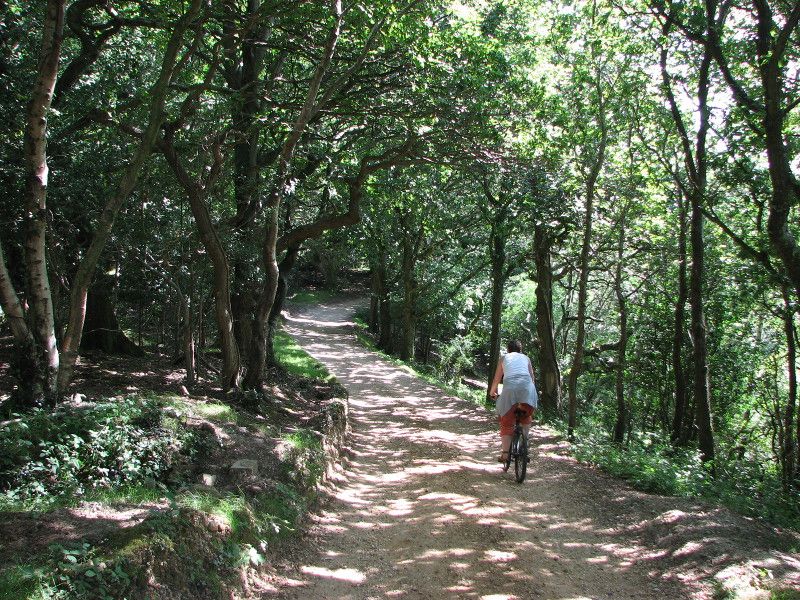
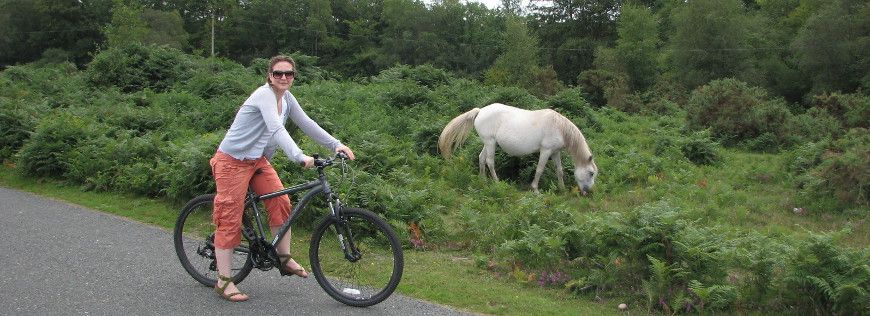
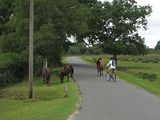


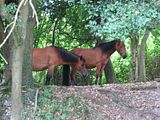







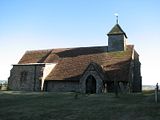

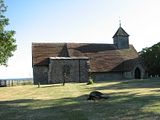


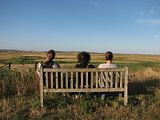

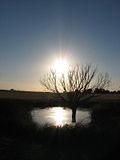


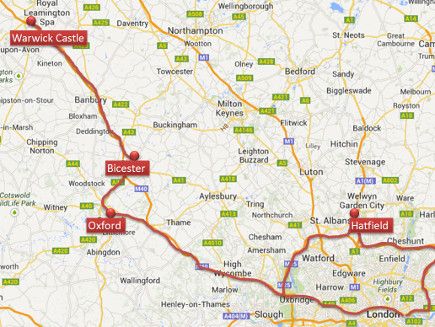 Oxford's reputation is closely linked to its university, the oldest in the English-speaking world, and its literary tradition (Jane Austen, J.R.R. Tolkien, C.S. Lewis, T.E. Lawrence, Oscar Wilde etc.). The city has a population of 150,000 and was founded around 900 AD as a river crossing for oxen (Oxen Ford). As we had only an hour, we had a walk around the university campuses and spent some time in the Pitt Rivers museum of anthropology and world archaeology.
Oxford's reputation is closely linked to its university, the oldest in the English-speaking world, and its literary tradition (Jane Austen, J.R.R. Tolkien, C.S. Lewis, T.E. Lawrence, Oscar Wilde etc.). The city has a population of 150,000 and was founded around 900 AD as a river crossing for oxen (Oxen Ford). As we had only an hour, we had a walk around the university campuses and spent some time in the Pitt Rivers museum of anthropology and world archaeology.


